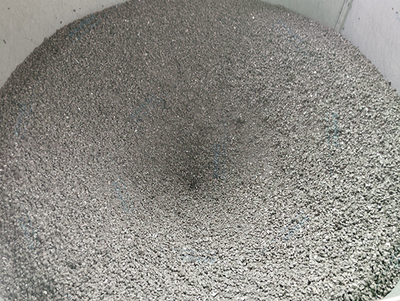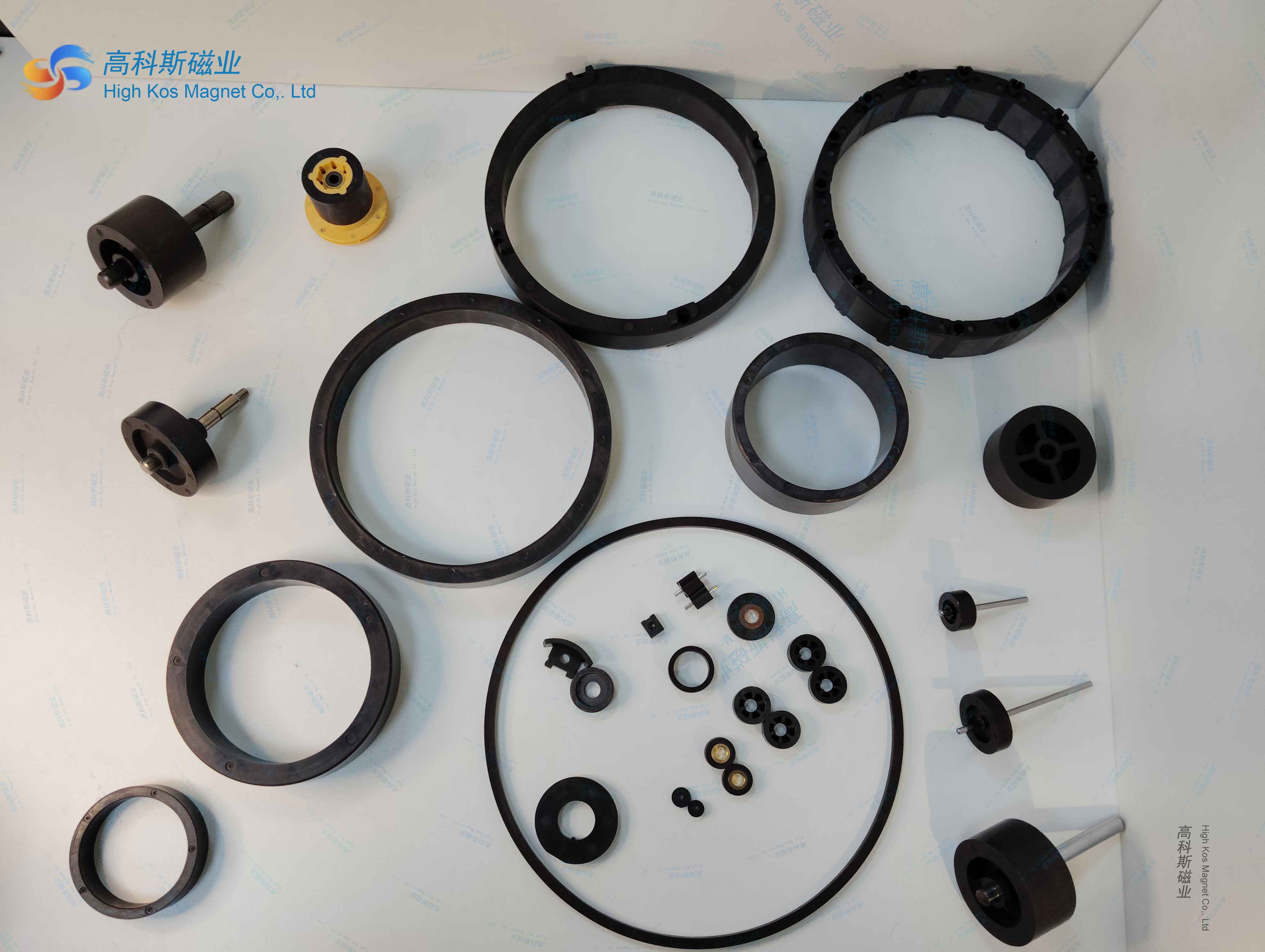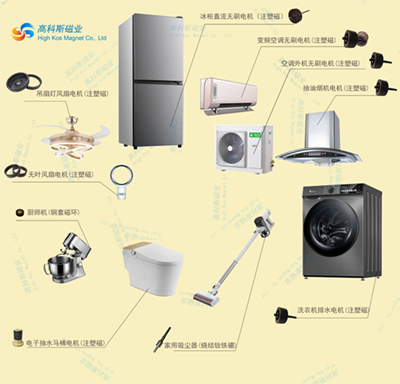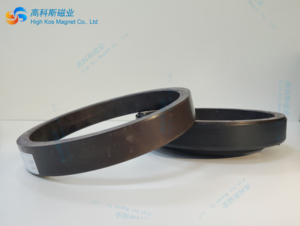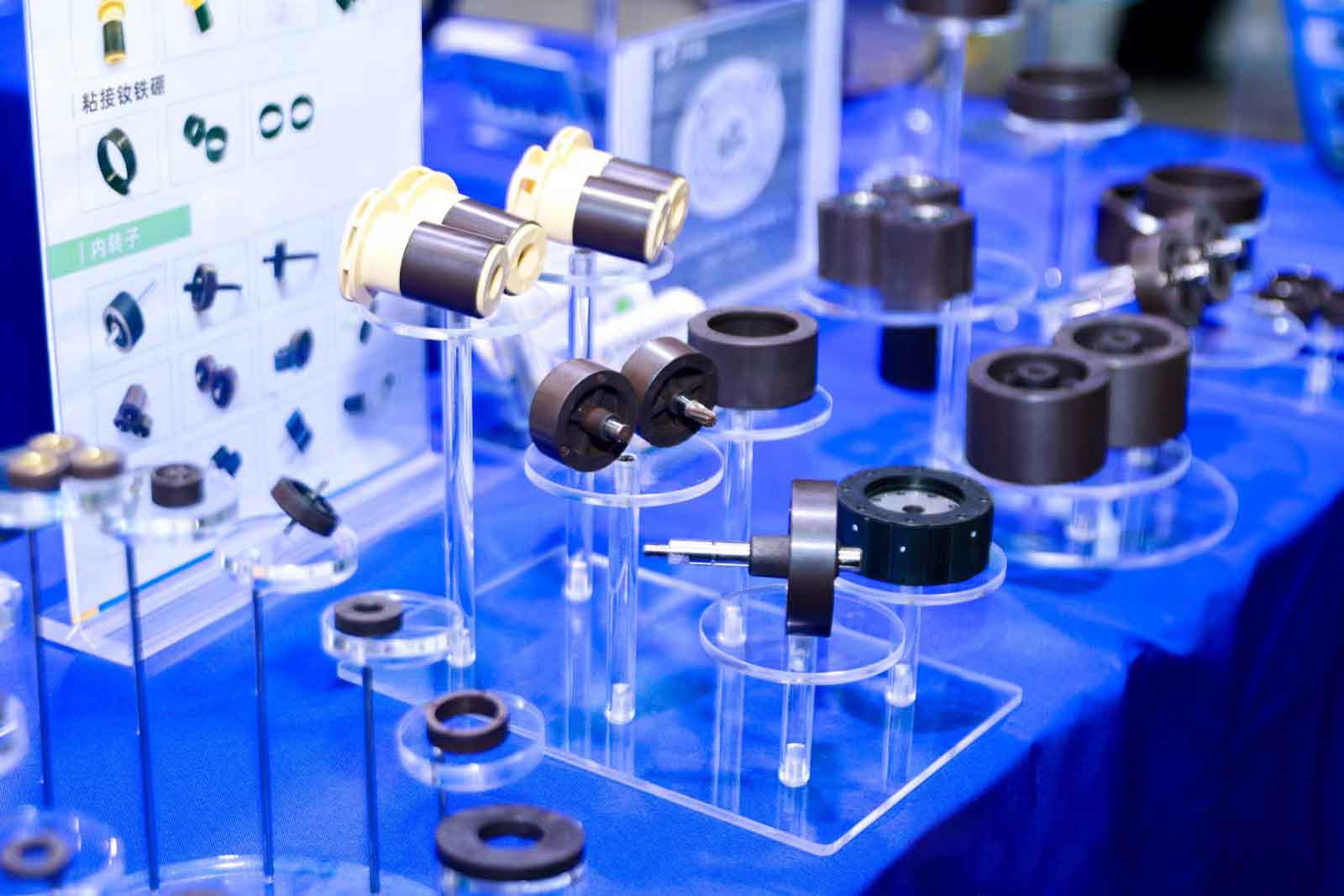Brushless DC Motors (BLDC): The Core Driving Force in Modern Industry
Brushless DC motors (BLDC), with their high efficiency, long lifespan, and precise control capabilities, have become the core driving component in modern industry. They are widely used in automation, smart homes, medical devices, electric vehicles, and other fields. Below are the key roles and current technological developments of BLDC motors in modern industry:
High Efficiency and Energy-Saving Features
BLDC motors employ electronic commutation technology, eliminating the mechanical friction losses found in traditional brushed motors, which can improve efficiency by 20%-30%. For instance, in household appliances (e.g., air conditioners, washing machines) and industrial equipment (e.g., conveyor belts, pumps), BLDC motors significantly reduce energy consumption, aligning with global energy-saving and emission-reduction trends.High-End Industrial and Medical Applications
Industrial Automation: BLDC motors are safer in dusty environments (e.g., food processing, chemical plants) due to their spark-free operation and support for high-precision speed control, making them suitable for robotics and CNC equipment.
Medical Devices: For example, artificial hearts utilize dual-stator BLDC motors with permanent magnet bearings, offering advantages such as compact structure, stepless speed regulation, and low noise, meeting the stringent requirements for reliability and miniaturization in medical equipment.
Smart Control and Integration Trends
Sensorless Technology: Some BLDC motors achieve Hall sensor-less control through algorithms, reducing costs but increasing algorithmic complexity.
Integrated Design: For example, Delta's iBLM series integrates the drive and motor into a single unit, supporting RS485 communication and MODBUS protocol for convenient distributed monitoring.
Future Challenges and Opportunities
Technical Barriers: Industrial-grade BLDC motors must operate within a temperature range of -40℃ to 85℃ and meet JESD47 certification standards. Domestic chips still need breakthroughs in automotive-grade and high-end industrial markets.
Customization Demand: As automation equipment becomes more diverse, there is growing demand for customized motor power, size, and cooling solutions (e.g., 57-flange motors with up to 210W, 60-flange motors reaching 400W).
Conclusion
BLDC motors, leveraging their technical advantages, are driving the industry toward greater efficiency and intelligence. The acceleration of domestic substitution and expansion into high-end applications (e.g., medical, new energy vehicles) will further solidify their position as the "industrial heart." In the future, with the integration of AI algorithms and digital power management technologies, BLDC motors are expected to achieve breakthroughs in even more fields.
